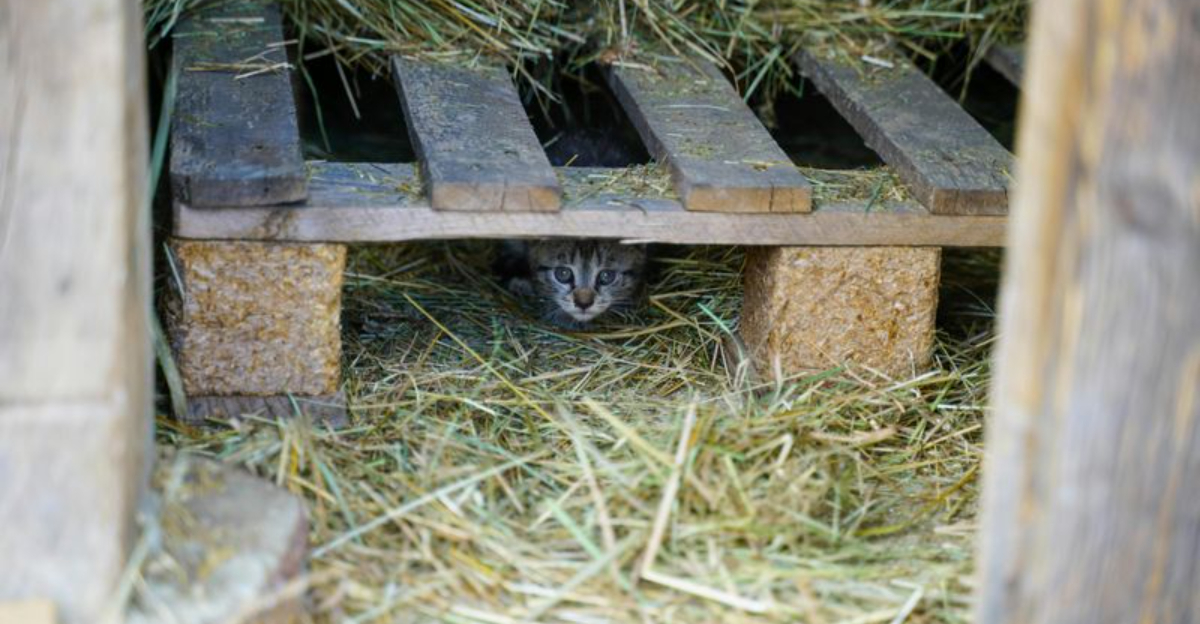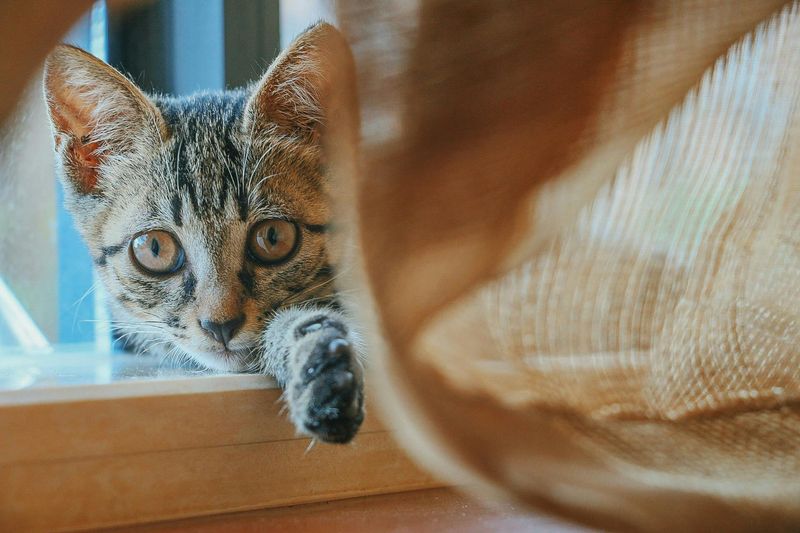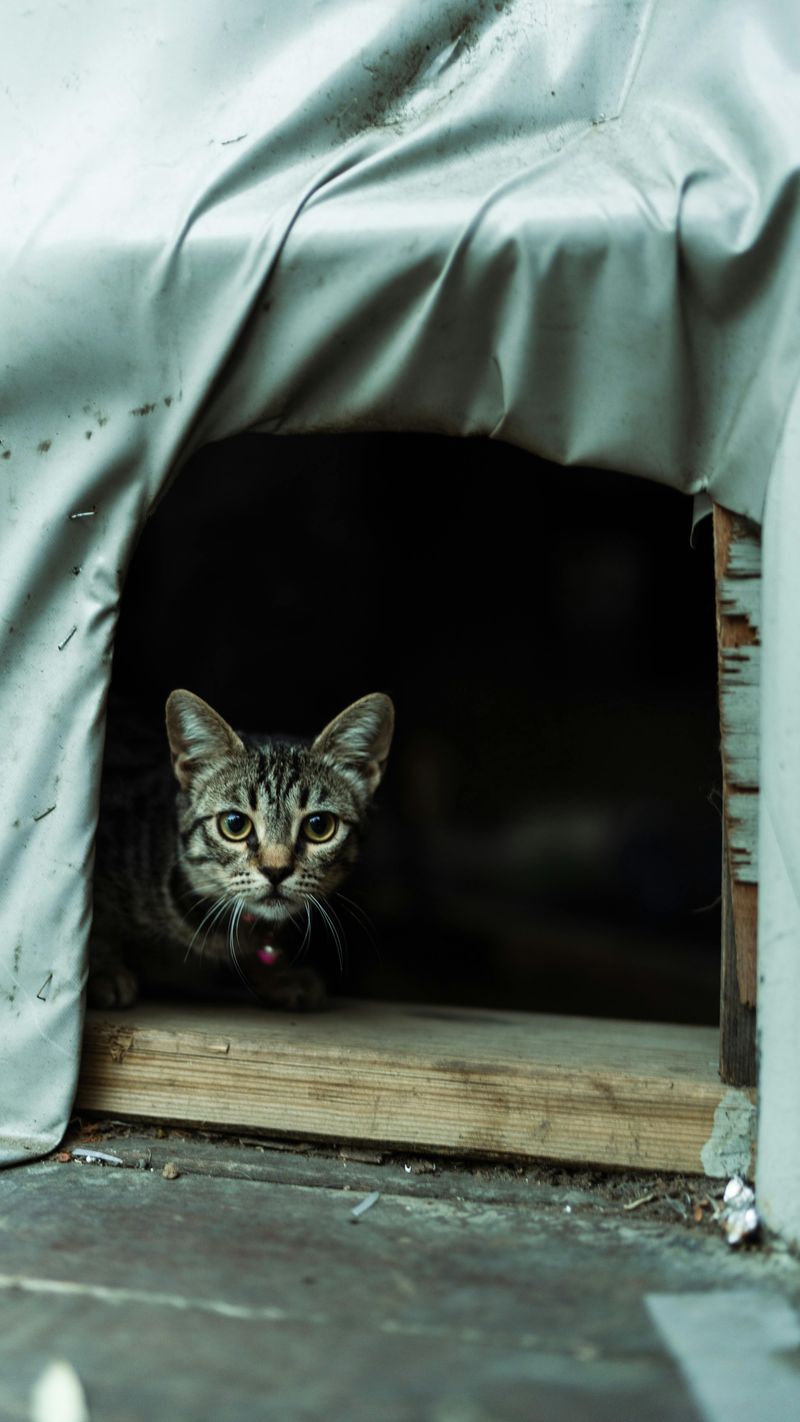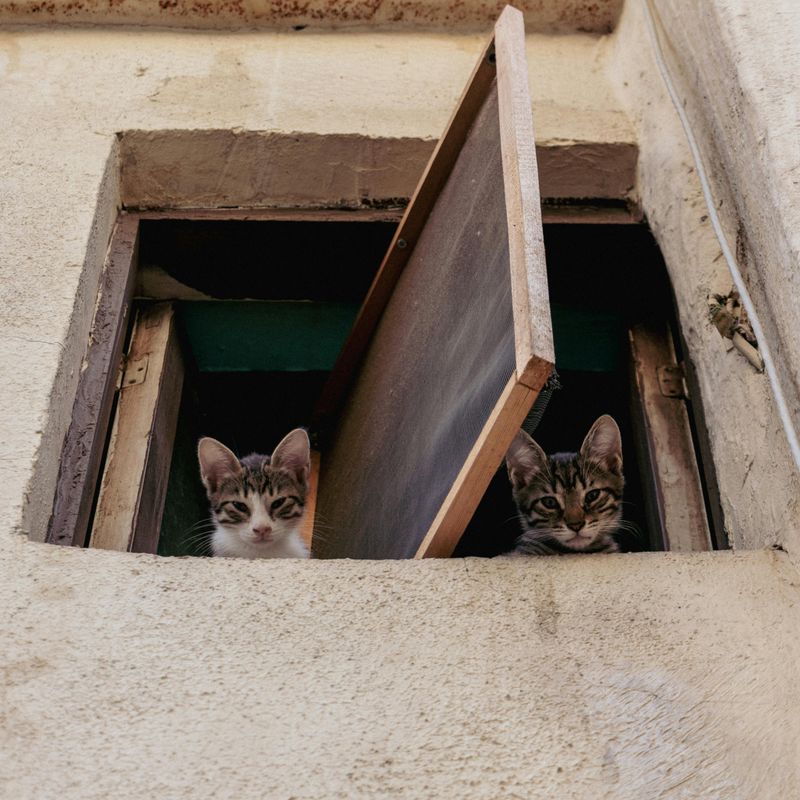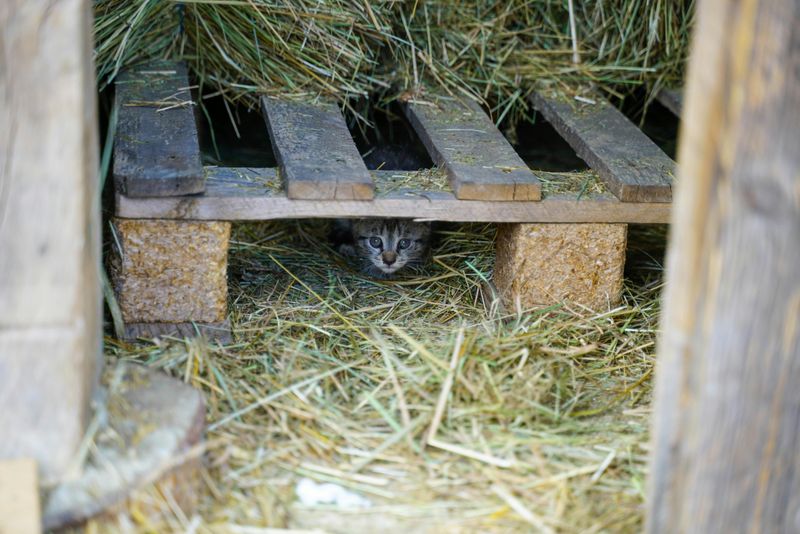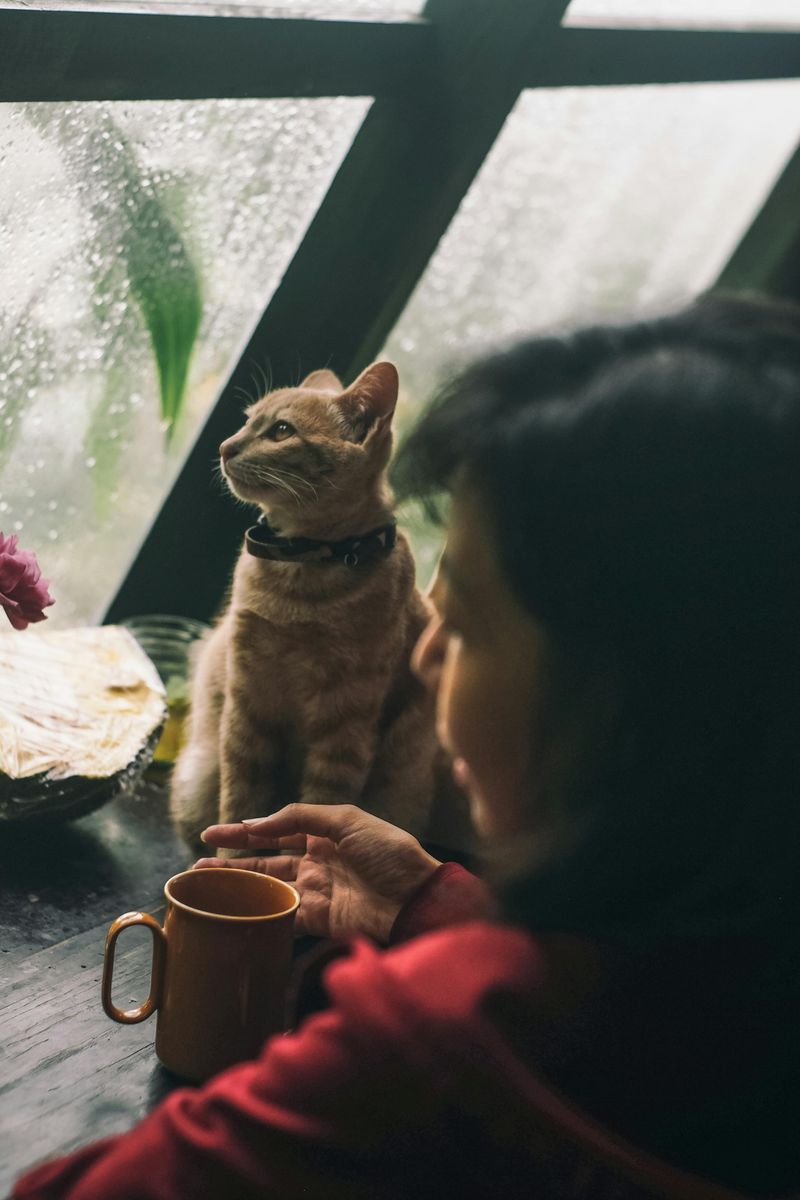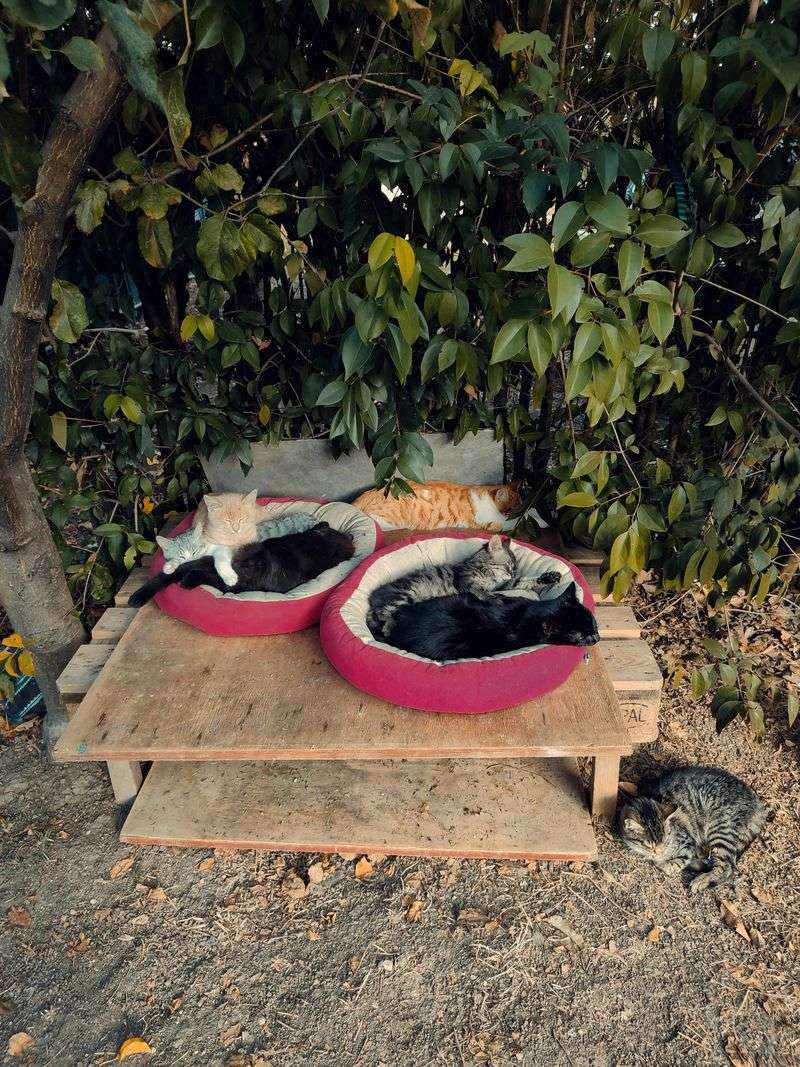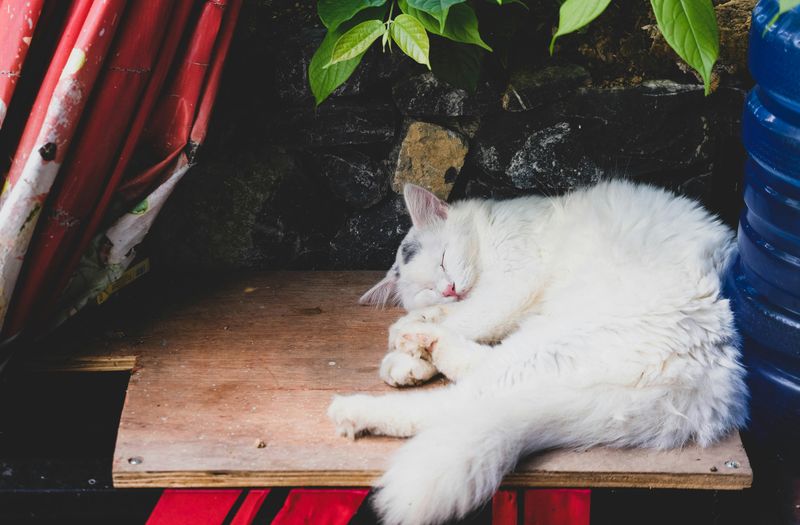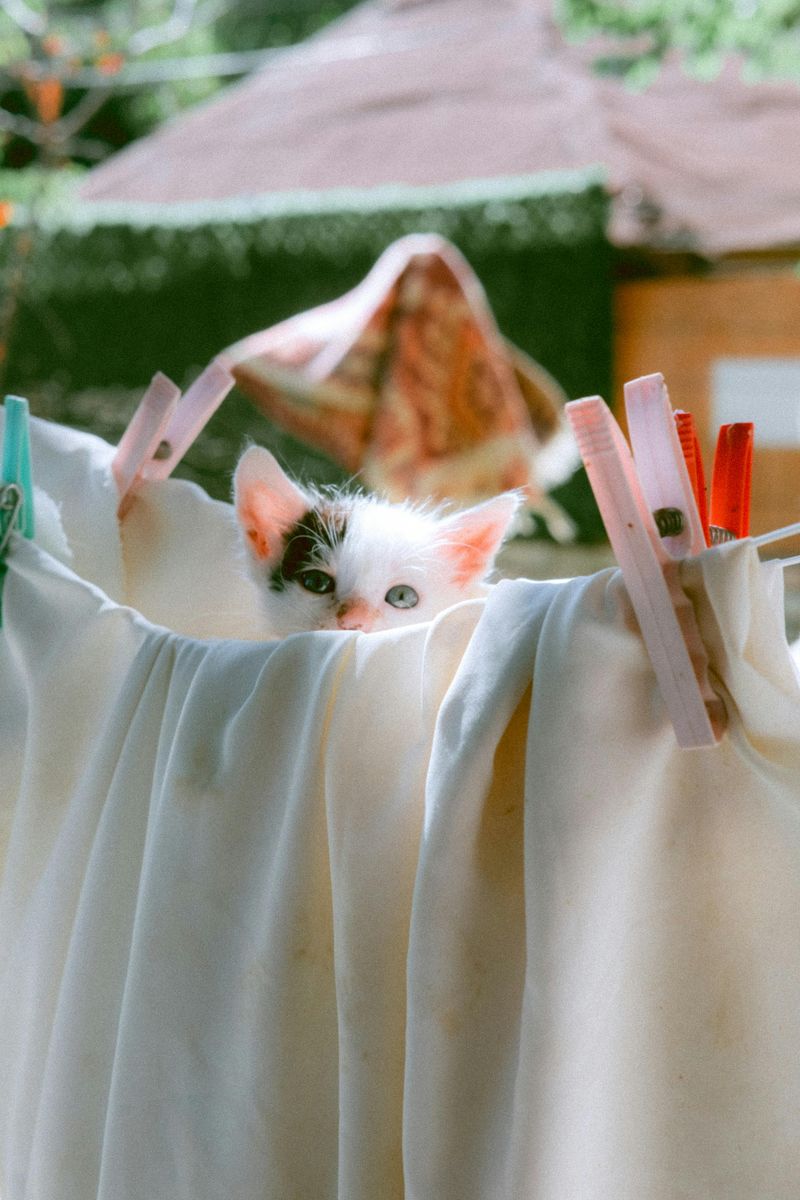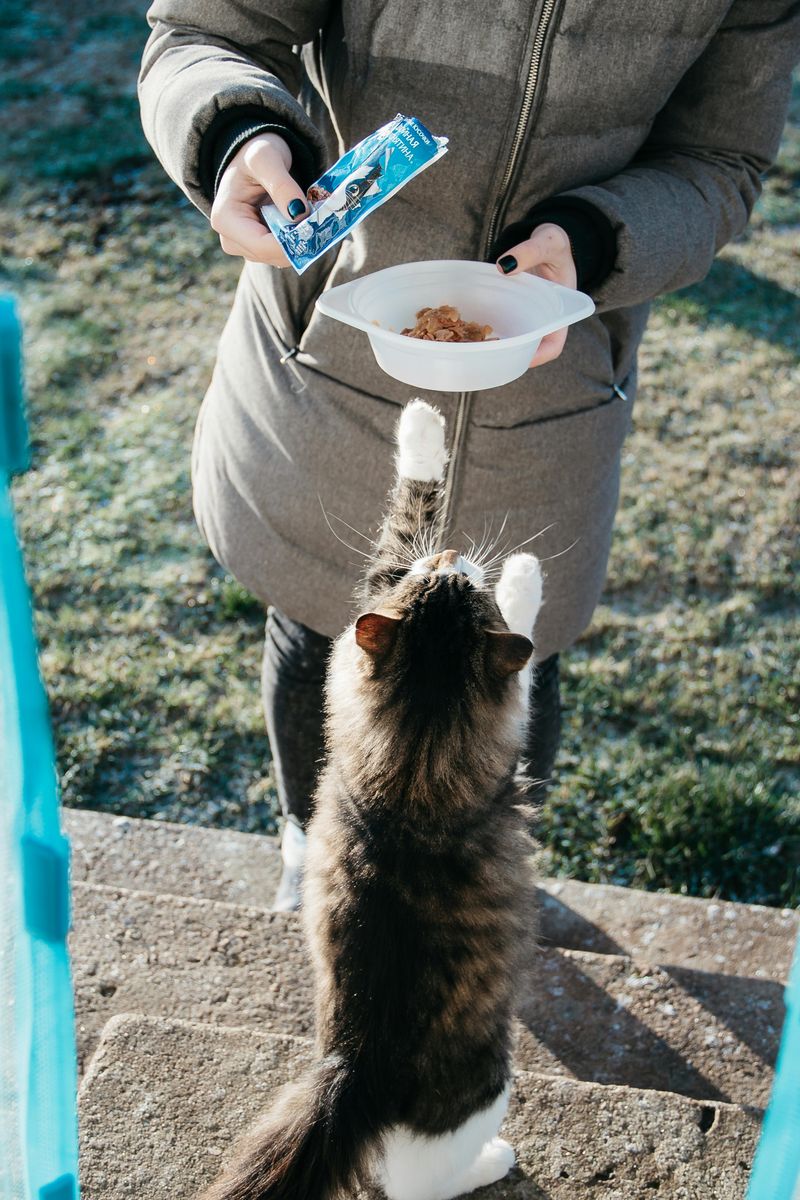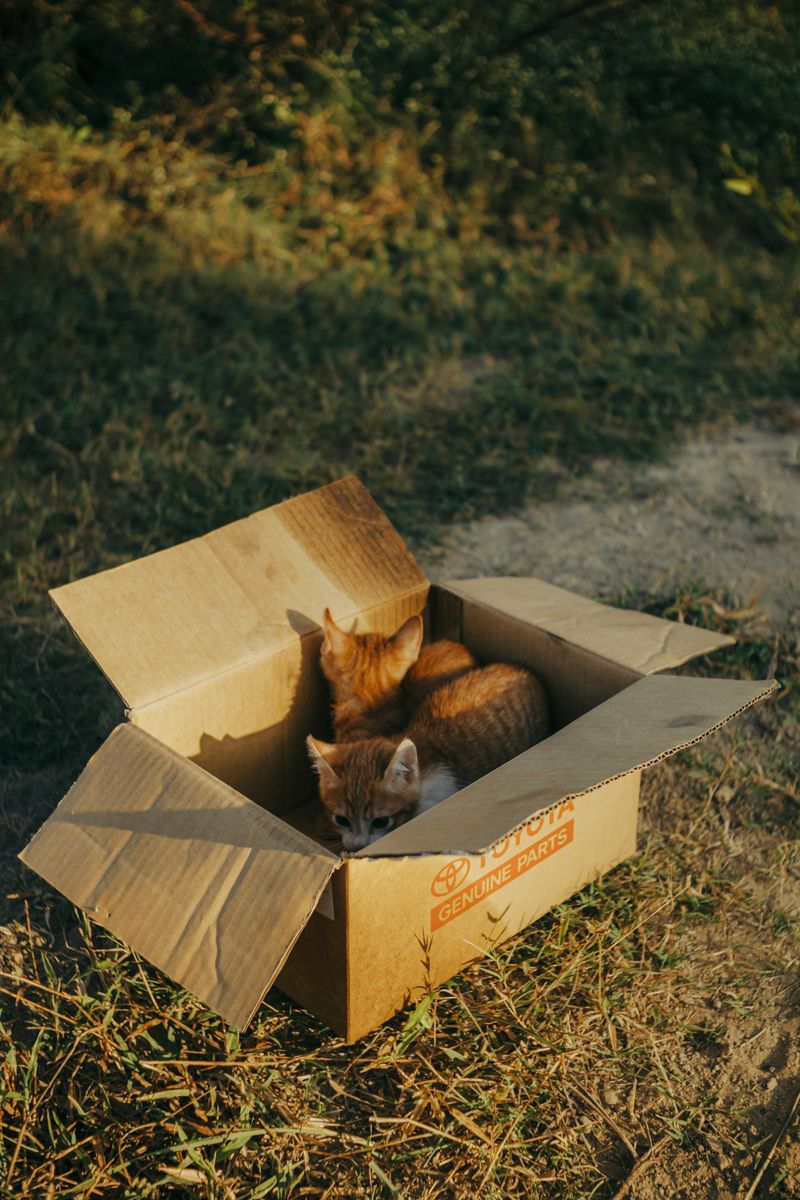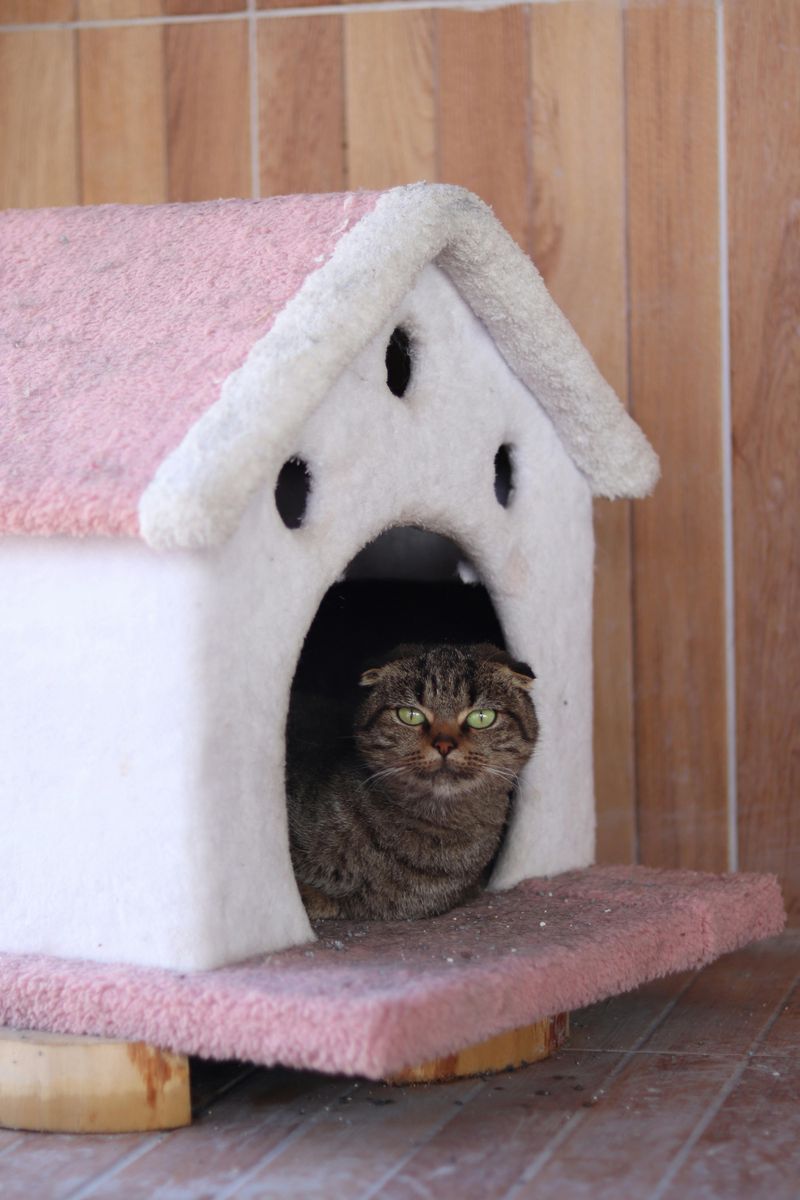📖 Table of Content:
- 1. Pick a Sturdy Base
- 2. Cut a Cat-Sized Entrance
- 3. Add an Escape Route (Optional but Smart!)
- 4. Use Straw for Bedding (Not Blankets!)
- 5. Waterproof the Shelter
- 6. Secure the Shelter with Heavy Objects
- 7. Elevate It Off the Ground
- 8. Face the Entrance Away from the Wind
- 9. Make It Cozy with Recycled Materials
- 10. Keep It Hidden and Safe
- 11. Provide Nearby Food & Water
- 12. Check for Unwanted Guests
- 13. Refresh the Bedding & Insulation Often
- 14. Build More Than One Shelter If Needed
- 15. Ensure Easy Access for Cleaning
Building a DIY cat shelter is a rewarding project that provides a warm and secure space for outdoor or feral cats. It’s a simple yet impactful way to help our feline friends, especially in colder months when shelter is essential. Plus, creating a cozy hideaway from upcycled materials makes it both budget-friendly and environmentally responsible.
Using recycled items not only reduces waste but also allows you to craft a unique and functional space for cats in need. Everyday materials like plastic bins, Styrofoam coolers, or wooden crates can be transformed into durable shelters with just a little effort. By following a few easy steps, you can ensure that the shelter is insulated, waterproof, and comfortable for any cat that seeks refuge in it.
Whether you’re making it for a stray, a feral colony, or your own pet, this DIY project is a meaningful way to show compassion. With the right setup, your shelter will provide warmth, protection, and a sense of security for cats all year round.
1. Pick a Sturdy Base
Choosing a solid foundation for your cat shelter is the first and most crucial step. A sturdy base ensures stability and protection against harsh weather. Consider using materials like wooden pallets, plastic crates, or the tops of old furniture. These options offer durability and can withstand outdoor conditions effectively. Ensure the base is level to provide a steady platform. This will prevent any tipping or swaying that might disturb your cat’s rest. Look for materials that offer some insulation against the cold, adding a layer of warmth from the ground upwards. Avoid flimsy or breakable materials.
2. Cut a Cat-Sized Entrance
Crafting a proper entrance is essential for easy access and security. Aim for an opening that’s large enough for your cat to enter comfortably yet small enough to keep larger animals out. Generally, a diameter of about 6-8 inches works well. Use a sharp tool like a saw or a box cutter for clean cuts.
Position the entrance high enough to keep rain out but low enough for easy access. Consider the size and agility of your cat when deciding on the specific dimensions. Smooth the edges to prevent any injuries when your cat enters.
3. Add an Escape Route (Optional but Smart!)
An escape route provides extra security and peace of mind. Having a secondary exit can be a lifesaver if a predator approaches or if your cat feels trapped. Make this opening similar in size to the main entrance.
Ensure the escape route is easy to access but discreet, maintaining the shelter’s coziness. While optional, it can significantly enhance your cat’s sense of safety. If space and materials allow, position this exit at the opposite side of the entrance, ensuring that it’s well-hidden from potential threats.
4. Use Straw for Bedding (Not Blankets!)
Choosing the right bedding material is vital for insulation and comfort. Straw is an excellent choice because it’s moisture-resistant and provides good insulation against the cold. Unlike blankets, straw won’t freeze or mold, making it ideal for outdoor shelters. Spread a generous layer of straw inside the shelter, ensuring it covers the entire floor space. This creates a warm, cozy environment for your feline friend.
Replace the straw regularly to maintain cleanliness and comfort, especially after damp or snowy weather conditions.
5. Waterproof the Shelter
Waterproofing is crucial to keep the shelter dry and comfortable. Use materials such as tarps, plastic sheeting, or waterproof paint to cover the shelter. These materials prevent leaks and protect against rain and snow. Ensure that the covering fits snugly, with no gaps for water to seep through. Pay extra attention to the roof and sides, as these areas are most exposed to the elements. Regularly check for wear and tear, replacing or repairing the waterproofing materials as needed to ensure continuous protection.
6. Secure the Shelter with Heavy Objects
Securing the shelter helps prevent it from being shifted or knocked over by strong winds or curious animals. Use heavy objects like rocks or bricks to anchor the shelter firmly to the ground.
Place these weights around the base, ensuring they are evenly distributed. This not only stabilizes the shelter but also adds an extra layer of protection. Be mindful of placement so that the weights don’t obstruct entrances or exits, maintaining easy access for your cat at all times.
7. Elevate It Off the Ground
Elevating the shelter off the ground offers protection against moisture and pests. Use materials such as wooden blocks or bricks to lift the shelter a few inches above the ground. This elevation helps keep the interior dry and reduces the risk of insect infestations. It also provides an additional layer of insulation against the cold. Ensure that the shelter remains stable after elevation, checking that all supports are even and secure to prevent wobbling or tipping.
8. Face the Entrance Away from the Wind
Positioning the shelter correctly is key to keeping it warm and dry. By facing the entrance away from prevailing winds, you protect the interior from drafts and rain. Use a compass or local knowledge to determine the best orientation. This thoughtful placement also helps maintain the temperature inside, making it more inviting for your cat. Regularly monitor the wind direction during different seasons to adjust the shelter’s position if necessary, ensuring optimal protection year-round.
9. Make It Cozy with Recycled Materials
Incorporate recycled materials to soften and insulate the shelter. Old blankets, cushions, and fabric pieces can be used to line the walls and floor, adding warmth and comfort. These materials not only provide insulation but also give the shelter a homey feel Ensure that all materials are clean and dry before use to prevent mold growth. Layer them strategically for maximum insulation benefits. This use of recyclables is an eco-friendly way to enhance the shelter’s coziness while minimizing waste.
10. Keep It Hidden and Safe
Concealing your cat shelter adds a layer of security against potential threats and ensures a peaceful haven for your feline. Position it in a discreet area, such as behind bushes or under a deck, where it can remain out of sight. This placement protects it from curious animals and keeps it hidden from view. Regularly check its location to ensure it’s not too obscured, which could trap your cat or block its view. Striking a balance between transparency and concealment is essential for safety and comfort.
11. Provide Nearby Food & Water
Keeping a supply of food and water nearby supports your cat’s well-being. Set up a feeding station close to the shelter to encourage frequent visits. Ensure the bowls are sturdy and resistant to tipping by wind or animals. Regularly replenish the food and water, checking for cleanliness and freshness. Consider using insulated bowls during colder months to prevent freezing. This nearby provision helps your cat feel at home and encourages it to stay within the safe precincts of the shelter area.
12. Check for Unwanted Guests
Regular inspections help ensure the shelter remains a haven for your cat and not a home for intruders. Look for signs of other animals such as droppings, fur, or chewed materials. If you notice any signs, adjust the entrance size or use deterrents to keep other critters away. This vigilance helps maintain the safety and exclusivity of the shelter. Frequent checks, especially in the evening or early morning, can prevent unwelcome guests from settling in and disturbing your cat’s peace.
13. Refresh the Bedding & Insulation Often
Regular maintenance of the shelter’s interior is essential for hygiene and comfort. Refresh the straw and any insulation materials frequently to ensure they remain clean and effective. This practice helps control odors and prevents the growth of mold or mildew. Keep an eye on the condition of materials, especially after wet weather. Provide a fresh and clean environment to encourage your cat to use the shelter regularly, knowing it’s a comfortable and inviting space.
14. Build More Than One Shelter If Needed
Consider building additional shelters if you have multiple cats or if local strays frequent your area. Offering more shelters reduces competition and ensures each cat has access to a safe space. Position the shelters a reasonable distance apart to provide privacy and reduce territorial disputes. Each shelter should be as inviting and well-maintained as the others. This thoughtful planning expands your capability to provide care, ensuring that all feline visitors have a cozy retreat.
15. Ensure Easy Access for Cleaning
Design the shelter to allow easy access for cleaning and maintenance. Consider features like a removable roof or side panel. This functionality simplifies cleaning and refreshing materials. Regular access helps you maintain hygiene, ensuring the shelter remains inviting for your cat. Easy access also allows you to quickly make any repairs or changes as needed, keeping the shelter in top condition and extending its lifespan. This foresight ensures a consistently cozy and clean environment for your feline friend.
